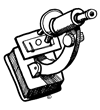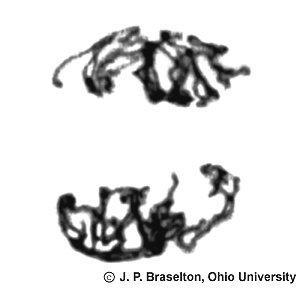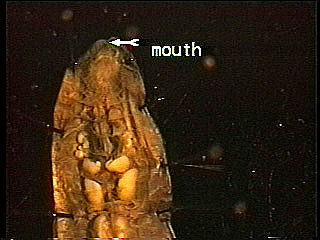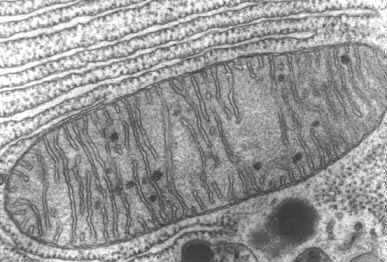 |
|||||
|
Description
|
Compound microscopes are light illuminated. The image seen with this type of microscope is two dimensional. This microscope is the most commonly used. You can view individual cells, even living ones. It has high magnification. However, it has a low resolution.
|
A dissection microscope is light illuminated. The image that appears is three dimensional. It is used for dissection to get a better look at the larger specimen. You cannot see individual cells because it has a low magnification.
|
This microscope uses a laser light. This light is used because of the wavelength. Laser light scan across the specimen with the aid of scanning mirrors. Then image is then placed on a digital computer screen for analyzing. |
SEM use electron illumination. The image is seen in 3-D. It has high magnification and high resolution. The specimen is coated in gold and the electrons bounce off to give you and exterior view of the specimen. The pictures are in black and white. |
TEM is electron illuminated. This gives a 2-D view. Thin slices of specimen are obtained. The electron beams pass through this. It has high magnification and high resolution.
|
|
Costs
|
|||||
|
Source of Radiation for Image Formation
|
visible light
|
visible light
|
laser light
|
electrons
|
electrons
|
|
Medium
|
air
|
air
|
air
|
vacuum
|
vacuum
|
|
glass slides
|
none
|
glass slides with dyed samples
|
Mounted on aluminum stubs and are coated in gold
|
Thin films of collodion or other supporting material on copper grids
|
|
|
glass
|
glass
|
glass lenses with dichromatic mirrors
|
one electrostatic lens with a few electromagnetic lenses
|
one electrostatic lens and a few electromagnetic lenses
|
|
|
mechanical
|
mechanical
|
digital computer motorized focusing mechanism
|
electrical
|
Electrical i.e. current of the objective lens coil is changed.
|
|
|
usually 1 objective
|
digitally enhanced
|
electrical
|
Electrical i.e. changing current of the projector lens coil
|
||
|
Major Means of Providing specimen Contrast
|
Light Absorption
|
light scattering or light reflection
|
laser light with dicromatic mirror concentrated at pinhole
|
electron scattering
|
Electron scattering
|
 |
 |
 |
 |
 |
|
|
Where To Get More Images
|